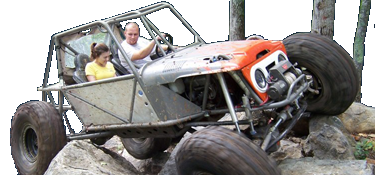Numerically lower gears have a higher number of teeth on the pinion, which requires a larger diameter to achieve. This is why there are typically two different carriers for the same axle. Since numerically higher gears have smaller pinion heads, the ring gear has to be closer to the centerline of the pinion. There are generally 3 ways to accomplish this: buy a the proper carrier, run a thick style gear, or run a ring gear spacer with a standard gear.
The standard gear puts the torque on the carrier closer to the gear mounting flange. The thicker gear effectively has higher leverage because it is farther to the mounting surface. It's like using a ratchet with no extension versus one with a foot long extension. With the longer extension on the ratchet, you must support the head of the ratchet, or it will put some strange twists on the bolt/nut and possibly round it off. In the end, the net effect is slightly more stress on the ring gear bolts, but the amount is relatively small compared to the amount of stress than can withstand.
A ring gear spacer increases the stress on the bolts in the same way as a thick gear, but also adds another potential shear point for the bolts, and another potential area for the gear to slide. The torque between the ring gear and the carrier is distributed between plain shear in the bolts, and friction between the flat surfaces caused by the tightness of the bolts. Since the static coefficient of friction between hardened steel is .78, that means that resistance due to friction is 78% of the compressive force of the bolts is translated and prevents sliding between the surfaces. Once the plates slide, that becomes .42 (42% of the force), putting much more stress on the bolts.
I guess in summation, the best option is a proper carrier, however, a thicker gear works nearly as well. A ring gear spacer will work, but it is extremely crucial that the bolts are and remain properly torqued, and should be avoided if better options are available. I personally would run one, but would be constantly worried about the bolts.

